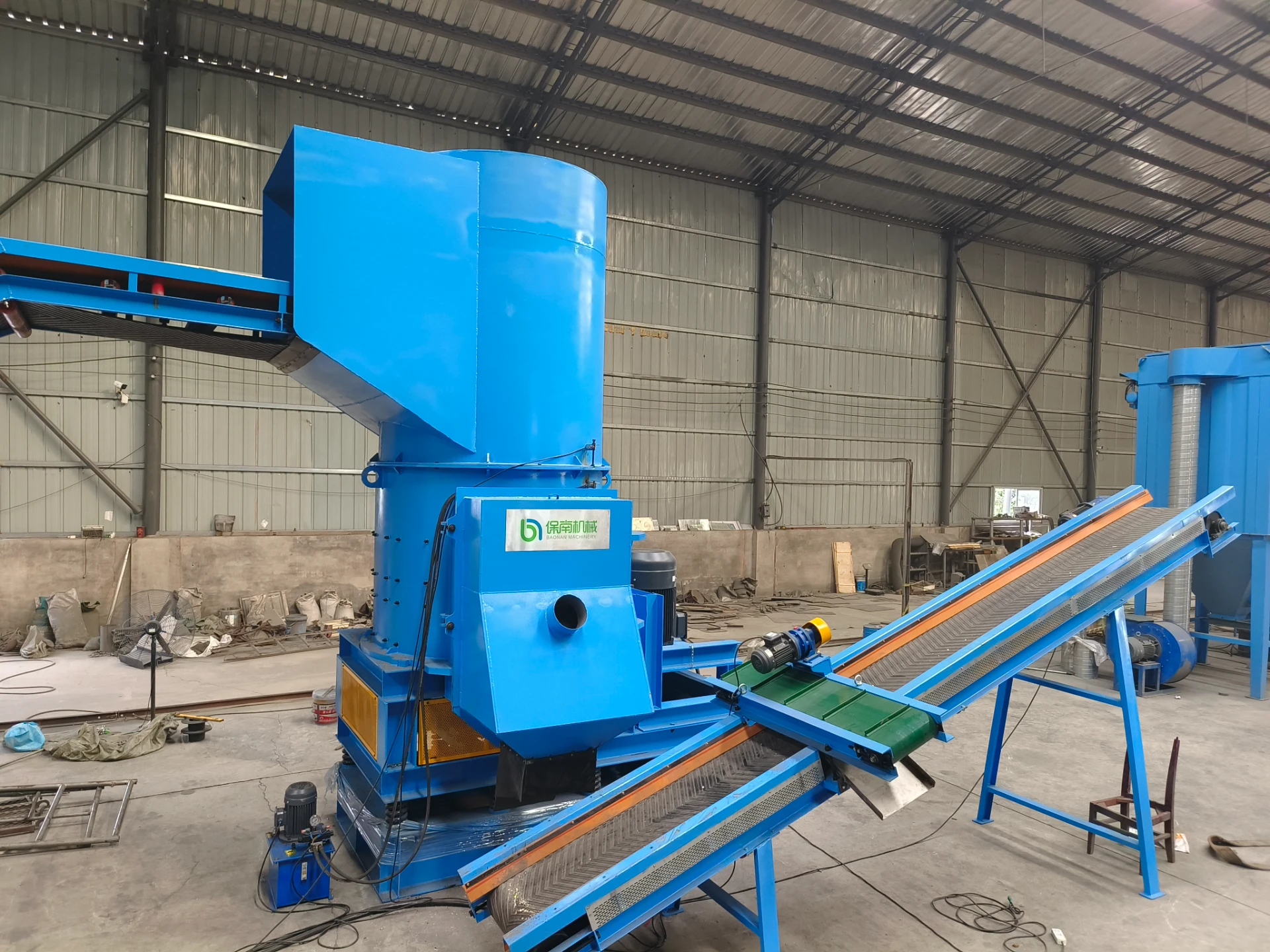

nov . 07, 2024 19:33 Back to list
How Are Metals Sorted in Recycling Plants?
Recycling has become a cornerstone of sustainable waste management, enabling the conservation of natural resources and reducing environmental pollution. Among various materials processed in recycling facilities, metals hold a significant position due to their value and recyclability. Understanding how metals are sorted in recycling plants is crucial for comprehending the complexities of the recycling industry and its contribution to environmental sustainability.
At the outset, metal recycling begins with the collection and transportation of scrap metal to recycling plants. This phase involves various sources, including old appliances, vehicles, industrial scraps, and construction debris. Once the metals arrive at the recycling facility, the sorting process commences, which is essential for maximizing resource recovery.
The sorting of metals in recycling plants can be broadly categorized into several phases, utilizing both manual labor and advanced technologies. The initial step often involves manual sorting, where workers visually inspect and separate different types of metals based on their properties, such as color and weight. For instance, ferrous metals, which contain iron, are differentiated from non-ferrous metals, which do not contain iron.
Following manual sorting, recycling plants employ a series of advanced technological methods to enhance efficiency and accuracy in metal separation. One of the primary technologies used is magnetic separation. In this process, powerful magnets are employed to attract ferrous metals from the mixed materials. Since ferrous metals, like steel and iron, are magnetic, this technique is highly effective in isolating them from non-ferrous materials.
After the magnetic separation, non-ferrous metals, such as aluminum, copper, and brass, require different sorting methods. One common technique is eddy current separation. This process involves passing the non-ferrous materials through a magnetic field, which induces currents in the metals and creates a magnetic force that repels them. Consequently, these metals are ejected from the stream, allowing for their effective separation from other materials.

In addition to magnetic and eddy current separation, recycling facilities may also utilize advanced sensor technologies. Near-infrared (NIR) sorting is a noteworthy development, where sensors detect the unique spectral fingerprints of various metals. This method allows for high-precision sorting, enabling the recovery of mixed materials that may contain valuable metals.
Once metals have been sorted, they undergo further processing to prepare them for recycling. This stage often includes shredding, baling, and cleaning, allowing for the removal of contaminants and enhancing the quality of the recycled metals. For instance, shredded metals can be melted down to produce new metal products, thus completing the recycling loop.
Moreover, it is vital for recycling plants to ensure that the sorted metals adhere to industry standards. Quality control measures are implemented at various stages to guarantee that the recycled metals meet the specifications required for producing new products. This oversight helps maintain the integrity of the recycling process and ensures that manufacturers receive high-quality materials.
The sorted and processed metals are then sold to manufacturers who use them to create new products, reducing the need for virgin materials and minimizing environmental impact. The recycling of metals contributes significantly to energy conservation, as recycling typically requires less energy than extracting and processing raw materials.
Furthermore, the impact of metal recycling goes beyond environmental benefits; it also fosters economic growth. The metal recycling industry creates jobs and stimulates local economies by supporting a circular economy model, where materials are reused and repurposed rather than disposed of.
In conclusion, the sorting of metals in recycling plants is a multifaceted process that combines manual labor with sophisticated technologies to efficiently separate different types of metals. The integration of methods such as magnetic separation, eddy current separation, and sensor technologies has revolutionized the metal recycling industry, allowing for improved recovery rates and quality of recycled materials. As society continues to prioritize sustainability, the importance of effectively sorting metals in recycling plants will only grow, reinforcing the essential role that recycling plays in preserving our planet for future generations.
Latest news
Troubleshooting Common Eddy Separator Problems
NewsJul.04,2025
The Role of Metal Recycling Plants in Circular Economy
NewsJul.04,2025
The Impact of Recycling Line Pickers on Waste Management Costs
NewsJul.04,2025
Safety Features Every Metal Shredder Should Have
NewsJul.04,2025
How Industrial Shredders Improve Waste Management Systems
NewsJul.04,2025
How Cable Granulators Contribute to Sustainable Recycling
NewsJul.04,2025